Barberry Thunberg "Orange rocket": description, planting and care
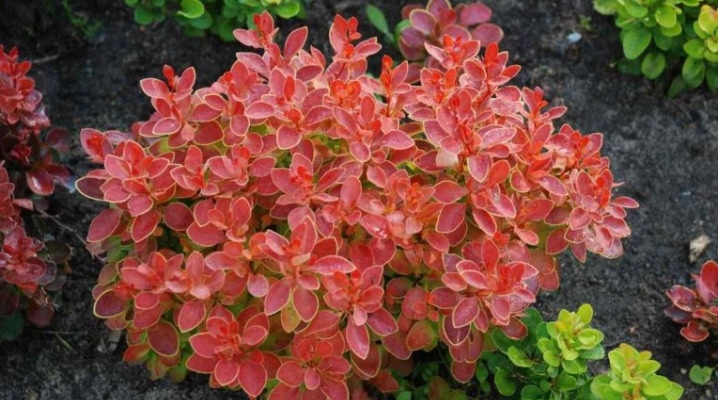
Almost every gardener dreams of a beautiful landscape design on his site. However, many people mistakenly believe that it is expensive and difficult to grow original crops on their territory. In fact, with proper planning and selection of suitable vegetation, you can ennoble your personal plot on your own, spending a minimum of time and effort. The ideal plant in this case is the Orange Rocket barberry.
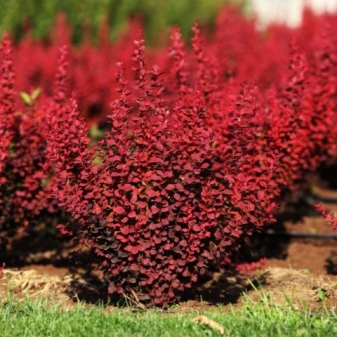
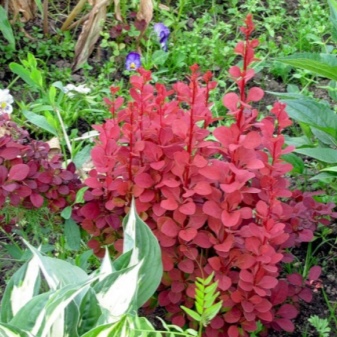
Peculiarities
Orange Rocket is a wonderful unpretentious culture that is often used by landscape designers when decorating the territory. Barberry is appreciated not only for its attractive appearance, but also for its healthy berries that are used in cooking and medicine.
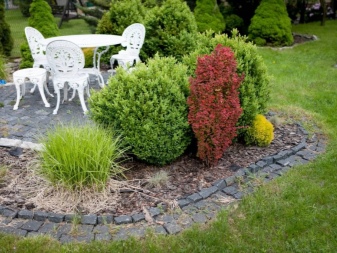
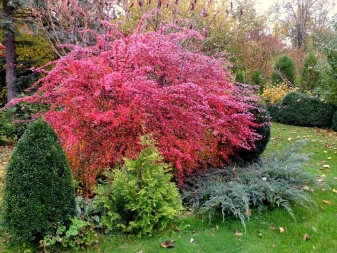
Barberry Thunberg "Orange rocket" belongs to the Barberry family. The description of the culture testifies to the decorativeness of its appearance. The young shrub is usually a bright orange color, but over time it turns to a deep red. This variety is more often than others used for ennobling plots.
In nature, culture grows in the mountains of Tibet, as well as in some regions of China. Orange Rocket is a fast growing deciduous shrub. Elastic shoots with thorns are directed upwards. The columnar crown of the shrub can grow up to 100-120 centimeters.
The width of an adult representative of the flora can reach 4 meters.
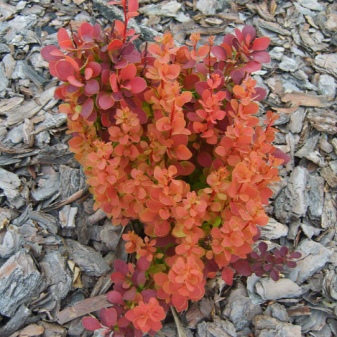
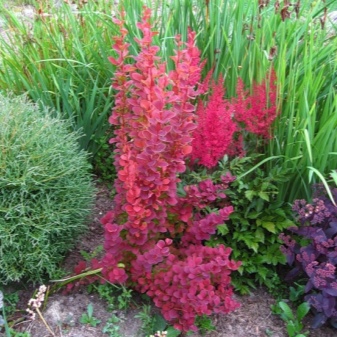
Leaves of medium size are characterized by an oval shape and smooth texture. During the season, the color of the leaves changes. In the spring, the culture is covered with green leaves, after which they turn yellow and orange, and by the fall - burgundy. Flowers "Orange rocket" are colored red and are small in size. The flowering phase of the shrub begins at the end of May and lasts until the beginning of June.

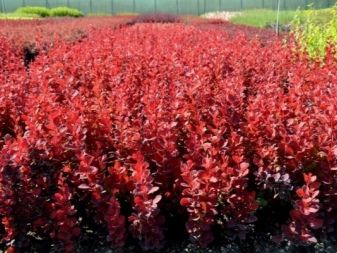
The fruit of this variety of barberry is a red elliptical berry. Fruit formation occurs at the end of the summer period. It is not recommended for people to abuse the berries of this culture, but birds love to feast on them. The root system of the Orange Rocket is branched, well developed and has many lateral roots.
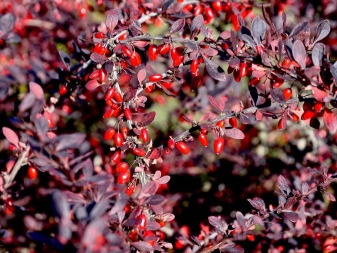
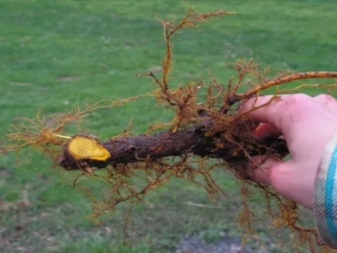
Gardeners prefer Thunberg's Orange rocket barberry due to the following characteristics:
- unpretentiousness;
- high decorativeness;
- the ability to adapt to different natural conditions;
- cold resistance;
- resistance to diseases and parasites;
- versatility in application;
- good tolerance for sanitary pruning.
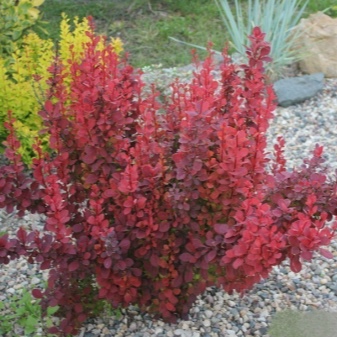
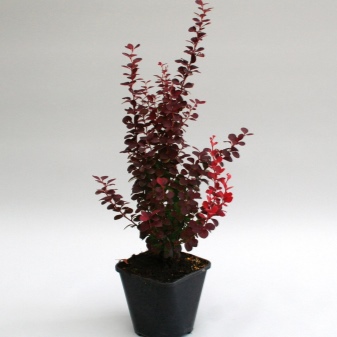
How to plant?
Planting a compact barberry bush with congeners or similar shrubs is considered optimal. "Orange rocket" is a representative of the flora, unpretentious to the soil. Since he loves the sun's rays, it is better to give preference to a well-lit area. You should not plant a plant in a place where melt water accumulates in spring or groundwater passes high. An unpretentious barberry can survive without damage during a drought, but a swampy substrate is destructive for it, since the root system can rot.
After choosing the most suitable site, you can proceed to the preparation of the footprint. The parameters of the hole must correspond to the size of the plant roots. The next step is to lay out the drainage layer on the bottom of the pit.It can consist of expanded clay, brick or crushed stone.
The excavated soil must be mixed with humus and sand, such a procedure will fertilize the soil and improve the air permeability of the soil.


On the advice of experienced gardeners, it is better to buy seedlings growing in a container. Such planting material is characterized by good survival rate and the absence of root injuries. Like its congeners, "Orange Rocket" should be planted in spring before bud break. If a seedling is purchased in the spring and has an active growth phase, then it is better to plant it in open ground in the fall.
When planting this representative of the flora, the date and phase of the moon play an important role. It is better not to plant the plant when the full moon is waning. It is recommended to carry out this procedure when the moon is growing. In this phase, it is worth pruning and other care activities.

After the hole is prepared and humus with sand is introduced into it, you can add a complex store preparation. The seedling needs to be placed in a hole and its root system should be well spread. The planting should be covered with earth and lightly tamped. The next step is to abundantly irrigate the young barberry to maintain the moisture content of the substrate for a long time. Also, do not forget about mulching the trunk circle of the bush with sawdust.

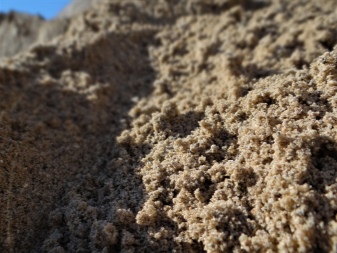
How to take care of it properly?
Growing barberry of the "Orange rocket" variety is not a complicated procedure. In order for this plant to adequately decorate the territory, there will be enough elementary care measures.
Watering
Often only newly planted barberry bushes need to be watered. Irrigation should be done twice a week. However, it is worth making sure that the substrate is not waterlogged. When the first shoots appear, irrigation should be reduced to 1 time per week. If rainy weather is observed, then watering the crop is not worth it.
For irrigation, you must use warm, slightly settled water. The liquid should be poured directly under the root without wetting the foliage and stem. At the end of irrigation, it is necessary to loosen the soil and eliminate weeds.

Top dressing
This type of plant can grow and develop normally without fertilization. However, if you want to increase the decorativeness of the barberry, fertilizers can be applied. It is recommended to feed the bush in early spring and at the end of the autumn period. As a fertilizer, it is possible to use chicken manure, compost, herbal tinctures. You can also use ready-made mineral complexes:
- in the spring - sodium;
- in summer - phosphate;
- in the fall - potash.

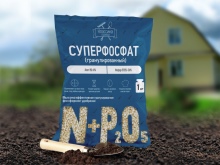
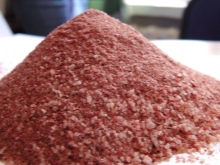
Pruning
Orange Rocket sanitary pruning should be done in the spring before the juice starts moving. During the procedure, it is worth removing frostbitten and broken shoots. The bush needs the first formative pruning in the second year of life in the spring. To rejuvenate the culture, it is pruned under a tree stump. After that, to maintain the shape of the plant, it is pruned in the summer.

Reproduction methods
Barberry "Orange rocket" reproduces in the following ways.
- Layers. This type of culture propagation is considered the most common and is often used by gardeners.
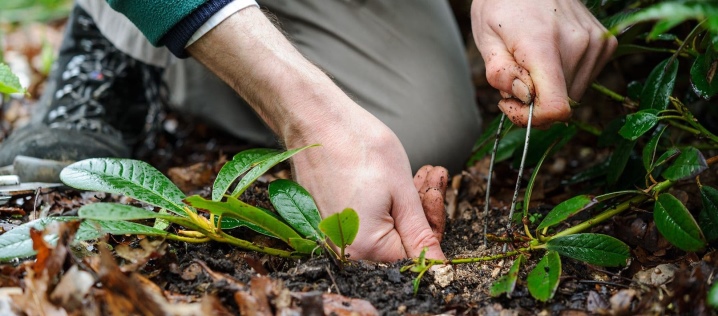
- Cuttings. This procedure is characterized by a high percentage of rooting and plant survival.
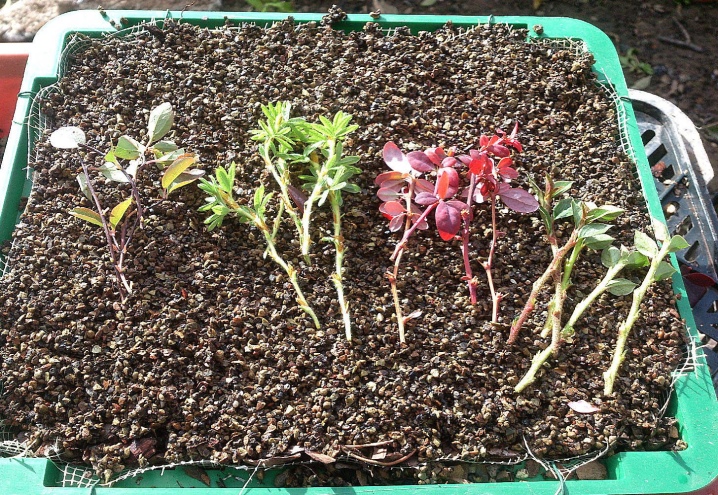
- Bush division. This is a fast breeding option for a barberry bush, in which almost all varietal characteristics are preserved.
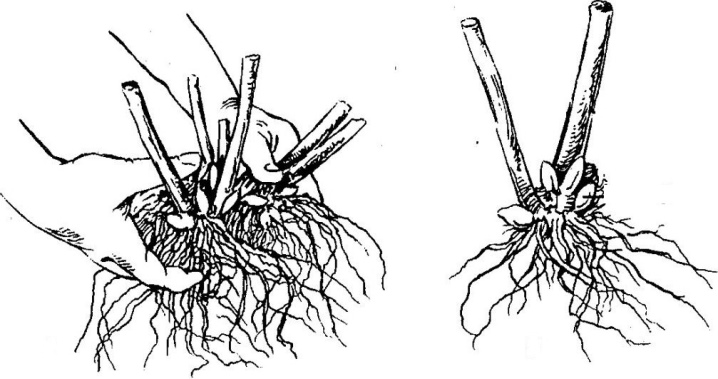
- Seeds. With the help of seeds, the reproduction of barberry is difficult and takes a long time. This breeding option is rarely used, since it does not guarantee the preservation of the characteristics of the variety.
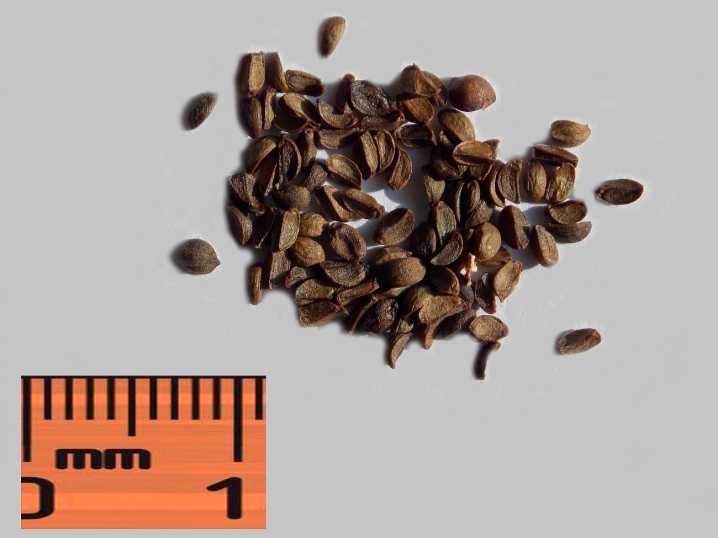
Diseases and pests
Despite the fact that Orange Rocket is characterized by high immunity, unfavorable conditions can cause the development of the following ailments.
- Powdery mildew. The disease manifests itself in the appearance of whitish spots on all parts of the culture. With a strong defeat, the barberry may die. Each of the infected parts of the plant must be cut off and burned.To overcome the disease, it is worth using preparations based on colloidal sulfur, sulfur-lime mixture. Healing spraying should be carried out during the blooming of the leaves and then every 2 weeks.
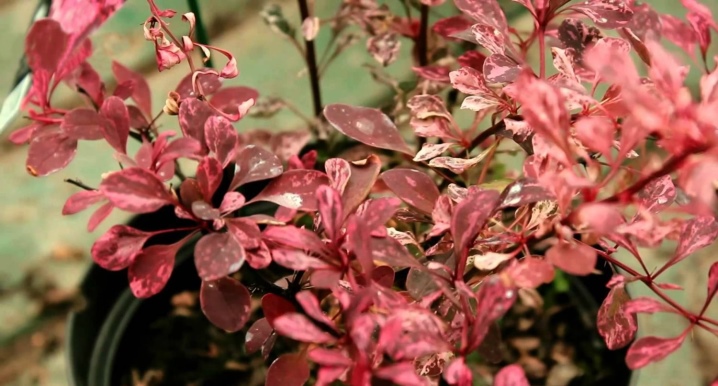
- Spotting. An ailment of this type dries out the foliage and other elements of the plant. If a disease is found, the affected parts should be removed and burned. To heal the bush, it is necessary to use copper-based preparations before and after the flowering phase.
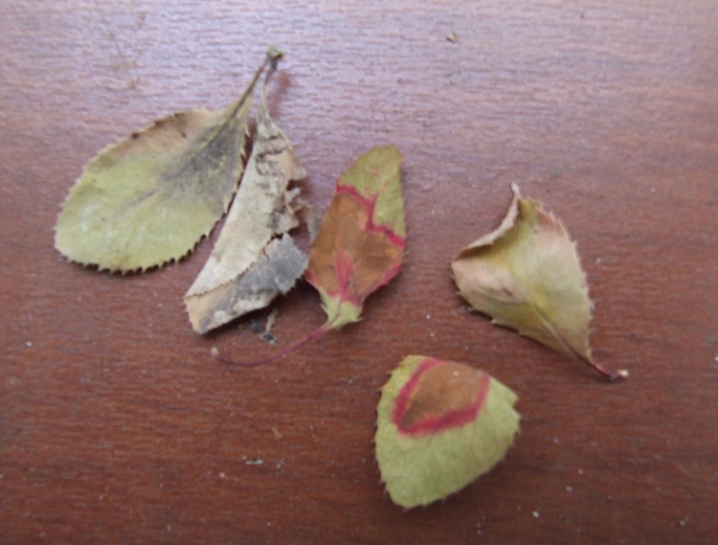
In some cases, barberry can be attacked by the following parasites.
- Barberry sawflythat eats up the green part of the crop. It can be destroyed by spraying with a 3% chlorophos solution.

- Flower moth. The insect feeds on the berries of the bush. The "Decis" treatment will help to save Orange Rocket.

- Barberry aphid. She eats foliage and young branches of the culture. As a control of aphids, irrigation with a solution based on soap and tobacco can be used.

Use in landscape design
To improve the decorative appearance of the territory, many gardeners plant Orange Rocket barberry. It can become the basis of a hedge, curb. Also, this culture can become an original part of an alpine slide. It looks good as an edging on a flower garden or in a group planting.
Barberry Thunberg "Orange rocket" is an excellent neighbor for conifers. You should not plant this type of shrub near cherries, hazel, elderberry and acacia. The roots of the above plants prevent the barberry from growing and developing normally.
It is better not to plant this crop near living quarters, since the bright aroma of Orange Rocket attracts insects.

Tips for planting and caring for Barberry Thunberg "Orange Rocket" in the video.



































































The comment was sent successfully.